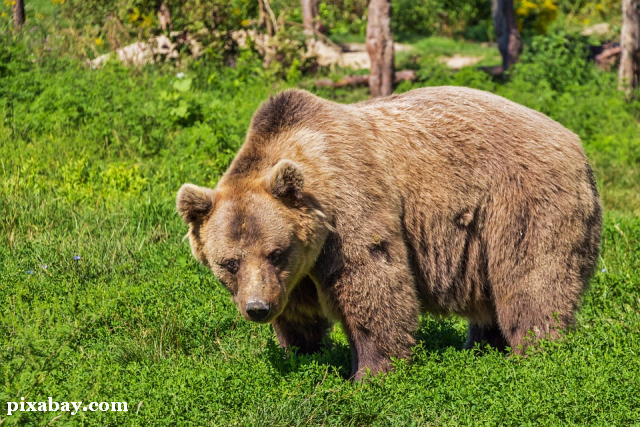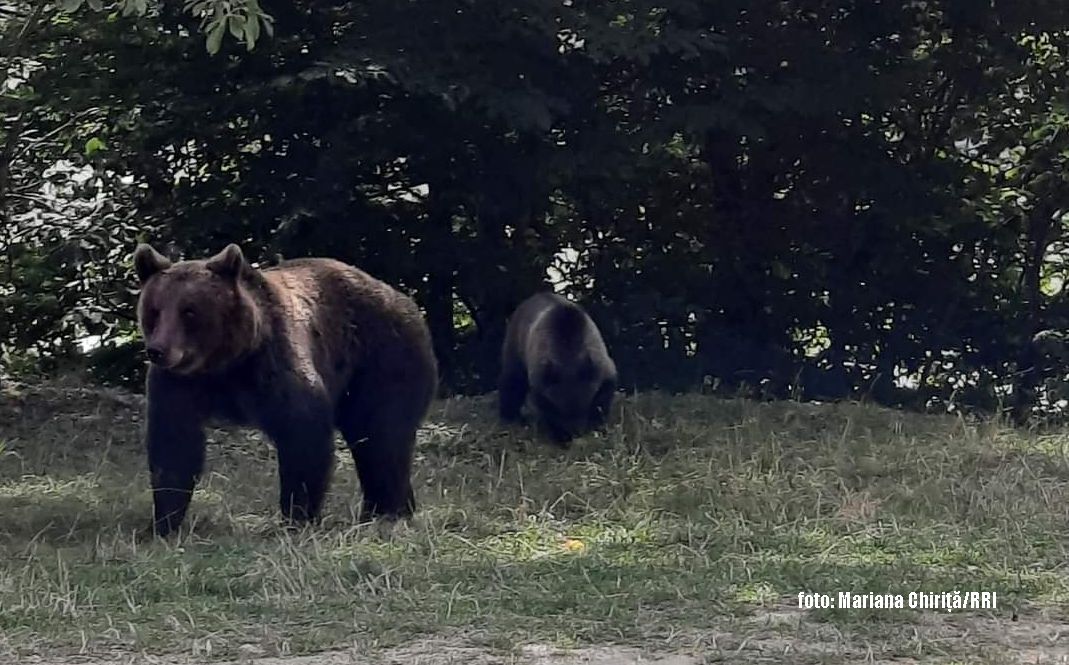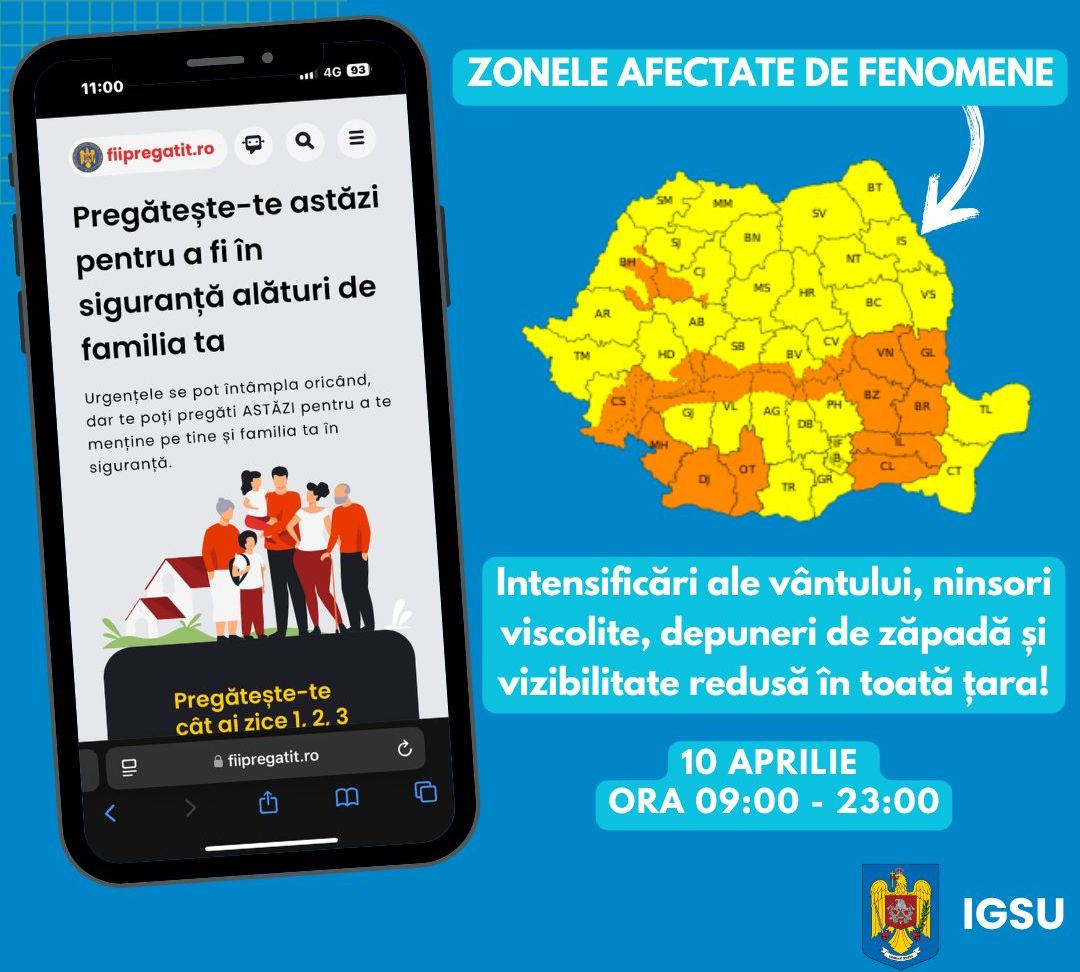Protected wildlife – in the spotlight
Environment ministry in Bucharest announces measures to protect the country's wildlife.

Leyla Cheamil, 19.11.2019, 13:30
With 6,300 individuals, Romania has the biggest bear population in Europe, according to the World Wide Fund. The NGO cautions, however, that increasing pressure on forests, which are bears main habitat, poses a threat to this species, with the biggest danger being the fragmentation of habitats following the development of transport infrastructure, the creation of ski tracks and the expansion of built areas.
News reports about car accidents involving bears are increasingly frequent in Romania. Last Saturday, for example, a bear was hit by a car in Harghita county, in the centre, and suffered for a few hours before being put to sleep. A similar case was reported on Monday in Mures county, also in the centre. To improve intervention in such cases, the environment ministry has come up with a series of measures following a meeting with officials from the interior ministry and the National Sanitary Veterinary Authority.
The environment minister Costel Alexe says the legislation in force would have allowed the local authorities to sedate the bear and treat it. Costel Alexe:
“Im very much concerned about citizens safety, but I also want these animals to enjoy good living conditions in forests and not be forced to come to the side of the road or enter peoples gardens in search of food. I understand that food stopped being supplied to them in forests in 2016. I promise you that this week I will have talks on this matter with all those involved and will come back with a statement.”
At the same time, Cristian Papp, who coordinates the protected species and areas programme for World Wide Fund Romania, has explained that providing food for bears in forests should only be a temporary measure, because if used for longer periods it would turn bears into semi-domestic animals. The NGO he works for advocates the creation of environmental corridors. Cristian Papp explains:
“We have drafted this year sustainable transport guidelines that can be used by the authorities, especially the transport and environment ministries, to find the best solutions so that we can develop the much desired infrastructure while maintaining intact the habitats of big carnivores.”
Cristian Papp says the guidelines in question contain some clear measures to avoid the increasingly frequent cases of bears entering motorways. They help the authorities identify exactly those critical areas where tunnels need to be built for the bears to be able to cross the motorways.






























